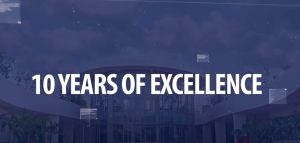Mapping of Open Burning of Municipal Waste in Pakistan and Identification of Underlying Factors and Key Drivers
In the open burning – a Safer End Engineered grant- project, we aim to investigate the connection between open burning incidents and social vulnerabilities, while mapping hotspot regions, and assessing at-risk communities to establish sustainable waste management practices. Our integrated approach combines city-level spatial and hotspot mapping, transect walk approaches, and site visits to transfer stations and landfill and dump sites. By utilising some key analytical tools like Hybrid Single Particle Lagrangian Integrated Trajectory (HYSPLIT) model, surveys, and key informant interviews, we identified open burning areas, sources, substances, and the underlying factors driving this issue.
- Partner: NED University, Indus Valley School of Art and Architecture, COMSATS University Islamabad, and Engro Foundation,
- Donor: Royal Academy of Engineering
- Timeline: 2023 May to 2024 October



 Shiza Aslam
Shiza Aslam